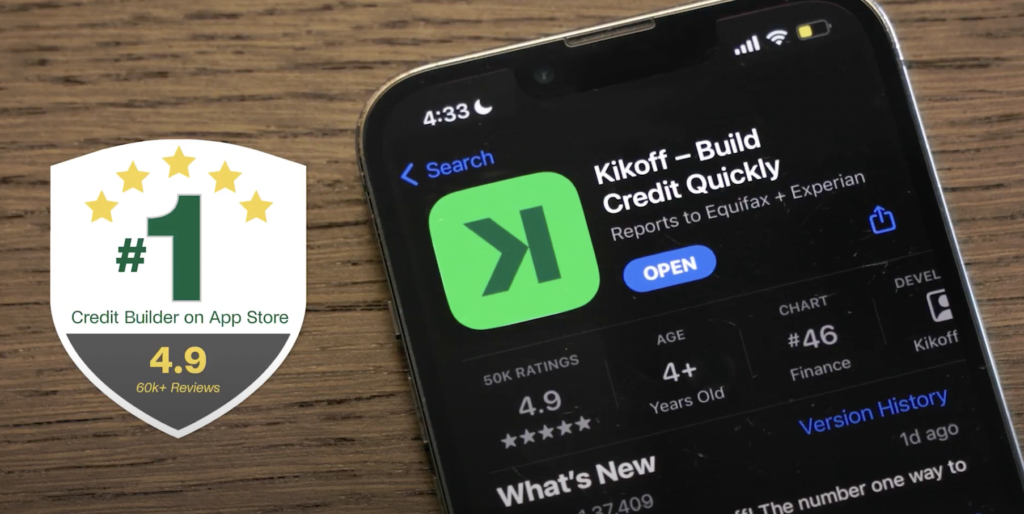Kikoff’s One Million-Plus Members will be Equipped to Achieve their Personalized Credit Score Goals and Advance their Financial Health.


Being credit invisible means that you have no credit history with one of the 3 nationwide credit reporting companies: Experian, Equifax, and TransUnion. In the U.S., 26 million consumers fall into the “credit invisible” category.



Kikoff is the first company that lets you build credit for free with just your identity




*
Average first-year credit score impact of +86 points between Aug-2024 & Aug-2025 for Kikoff Credit Account users who started with a score below 600; who paid on-time; and who had no delinquencies or collections added to their credit profile during the period. Late payments may negatively impact your credit score. Individual results may vary.

